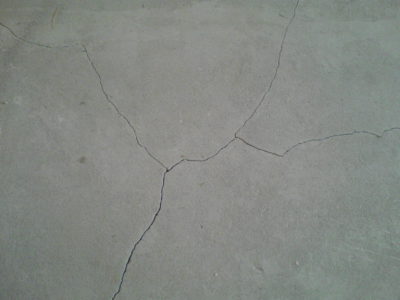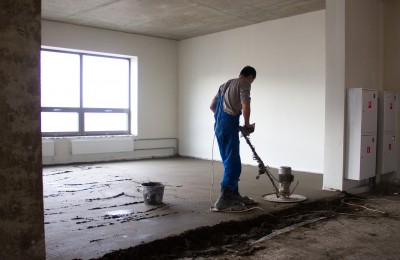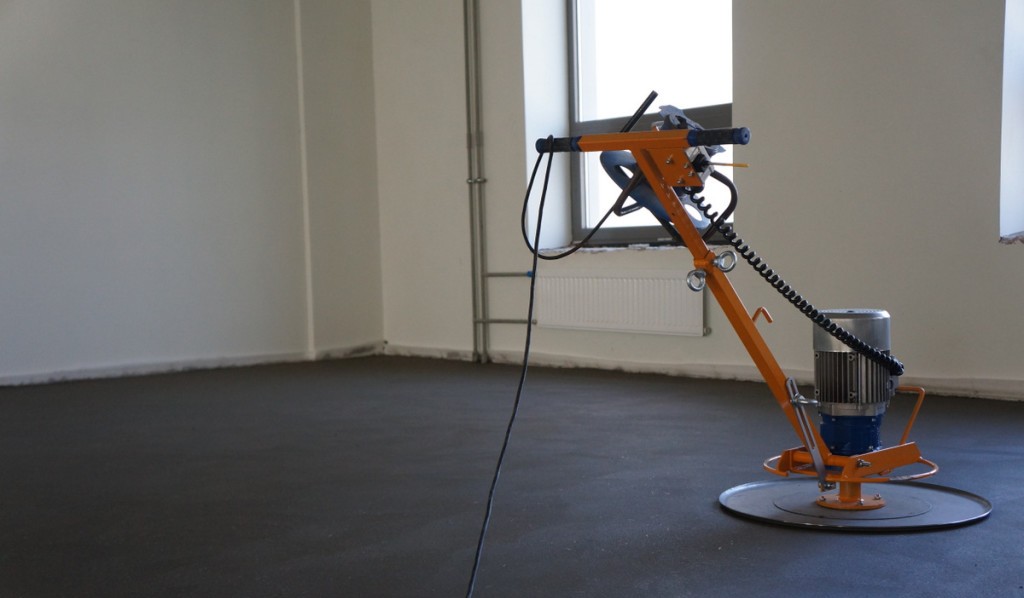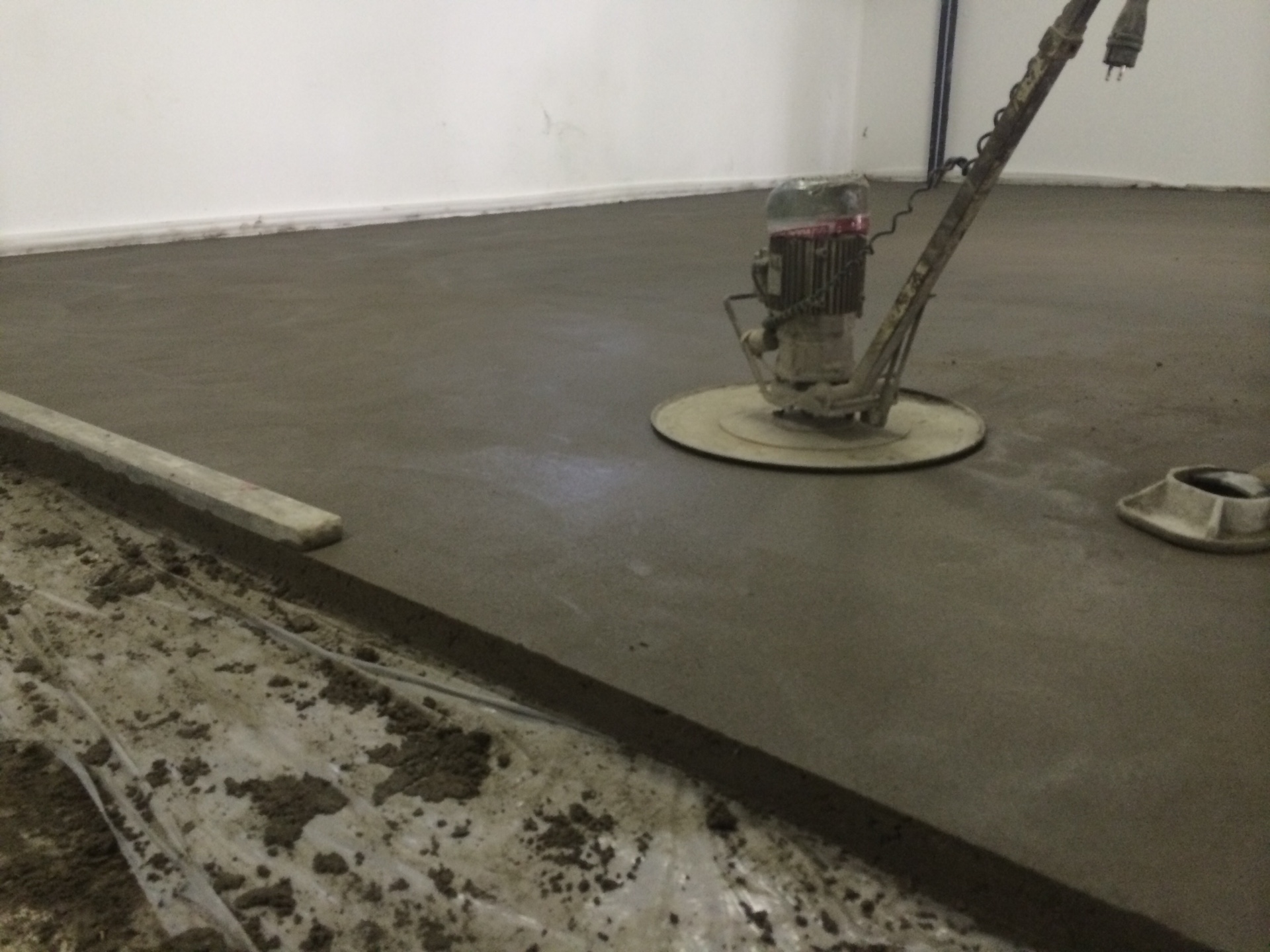Why did the polyethylene screed crack and split?
Good afternoon. I have a question regarding the installation of the floor in the kitchen. A year ago, the master made a screed on the concrete floor, and laid ceramic tiles on top. Polyethylene was placed under the screed. At the moment, there are obvious problems with the floor. Tiles in some areas exfoliated. I dismantled it, but it turned out that in these places the screed cracked and delaminated. What should I do now: completely remove the screed and do it all over again, or simply fill in the defective spots with the equalizer and lay the tile again?
Possible reasons
The reasons for the deformation of the floor of such a design as you may have several:
- Firstly, when filling the screed, the master could not remove the beacons. And if the screed is small in thickness, and the lighthouses are wooden, then this could provoke some deformation. But, to such destructions as you describe this factor everything could not lead.
- Secondly, laying on the base exactly cellophane could become an obstacle for the mortar to “seize” with concrete. As a result, the adhesion turned out to be weak, which most likely led to the destruction of the screed and peeling of the tile. The screed during operation just gradually crumbled. And this in turn led to peeling of the floor tiles.
It is recommended to use a plastic film as a waterproofing or vapor barrier only when it is planned to fill it with a serious thickness. It should be more than 3 cm, at least. In this case, the floor can withstand large mechanical loads.
How to fix the situation?
As for the dismantling of the entire screed, in order to solve the problem, it is still better to do it all over again. Based on your description, it turns out that it is likely that the existing screed over time will peel off completely. Most likely, you will have to constantly repair the floor and as a result, it will take you much more time and money than high-quality filling of the screed again.
To ensure that the floor in the kitchen does not cause you any more anxiety, when performing screed, you should use modern high-tech insulation materials, which often have soundproofing, heat-insulating, waterproofing qualities at the same time.
So that you can properly perform the screed, we suggest that you familiarize yourself with the training video:




